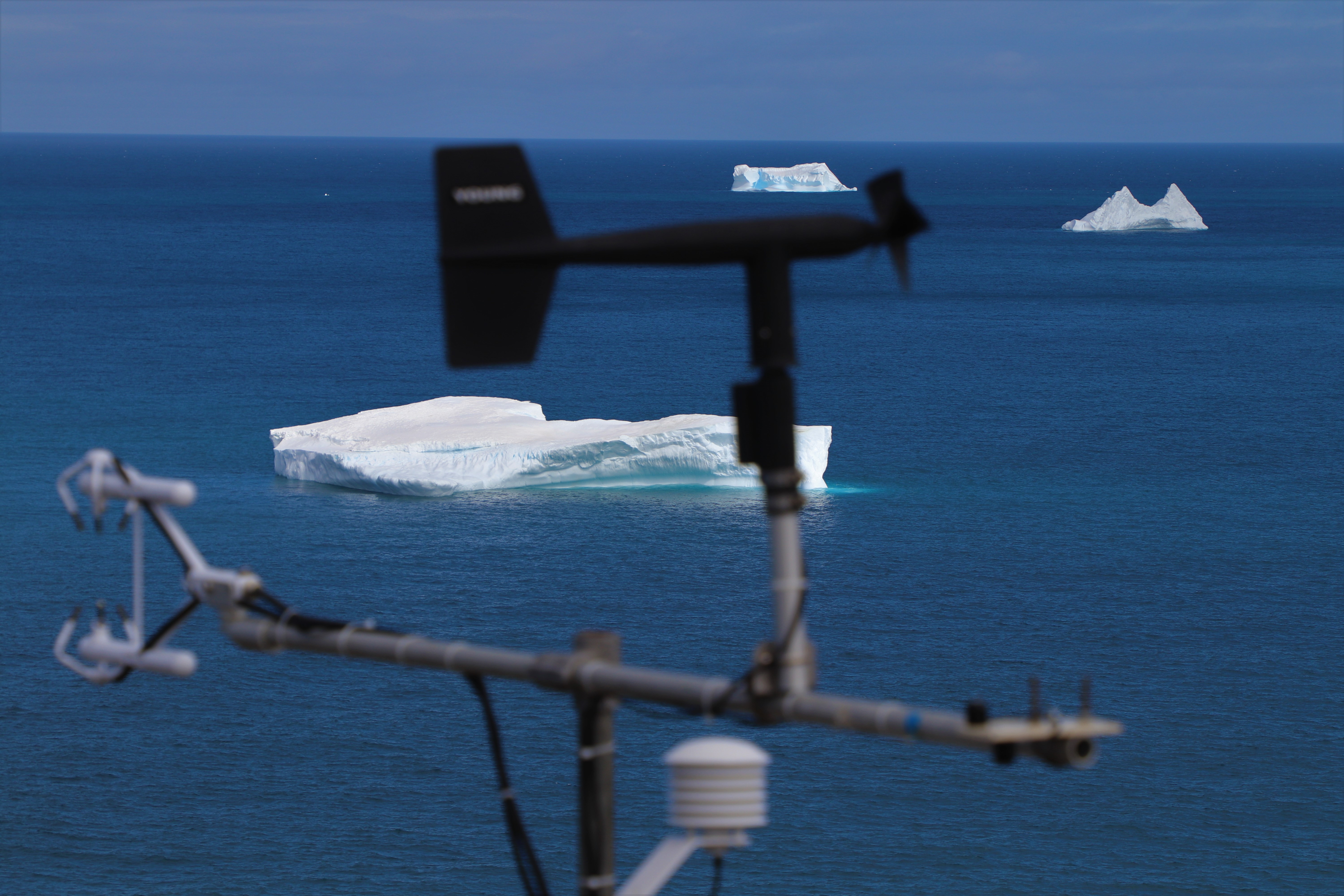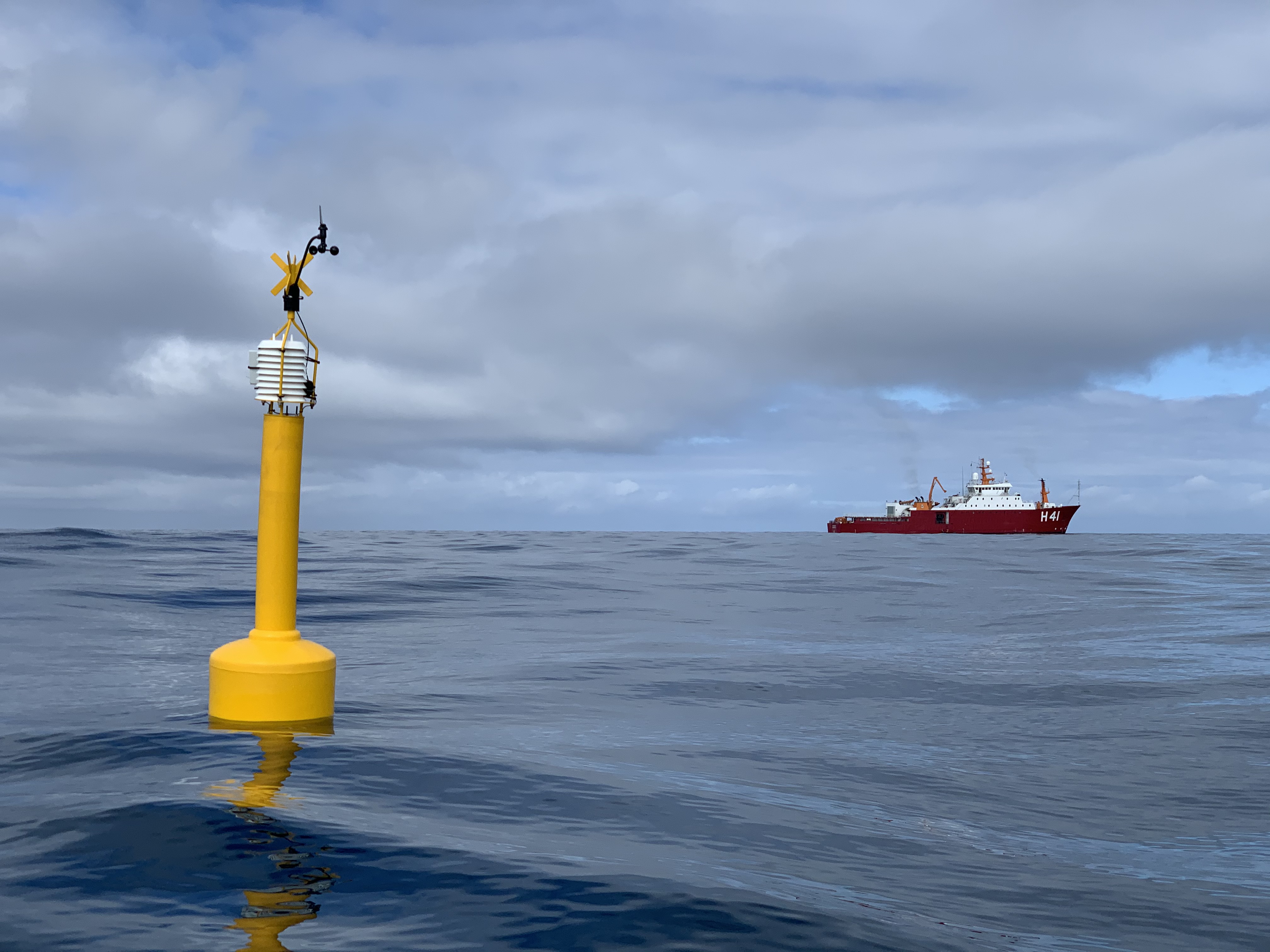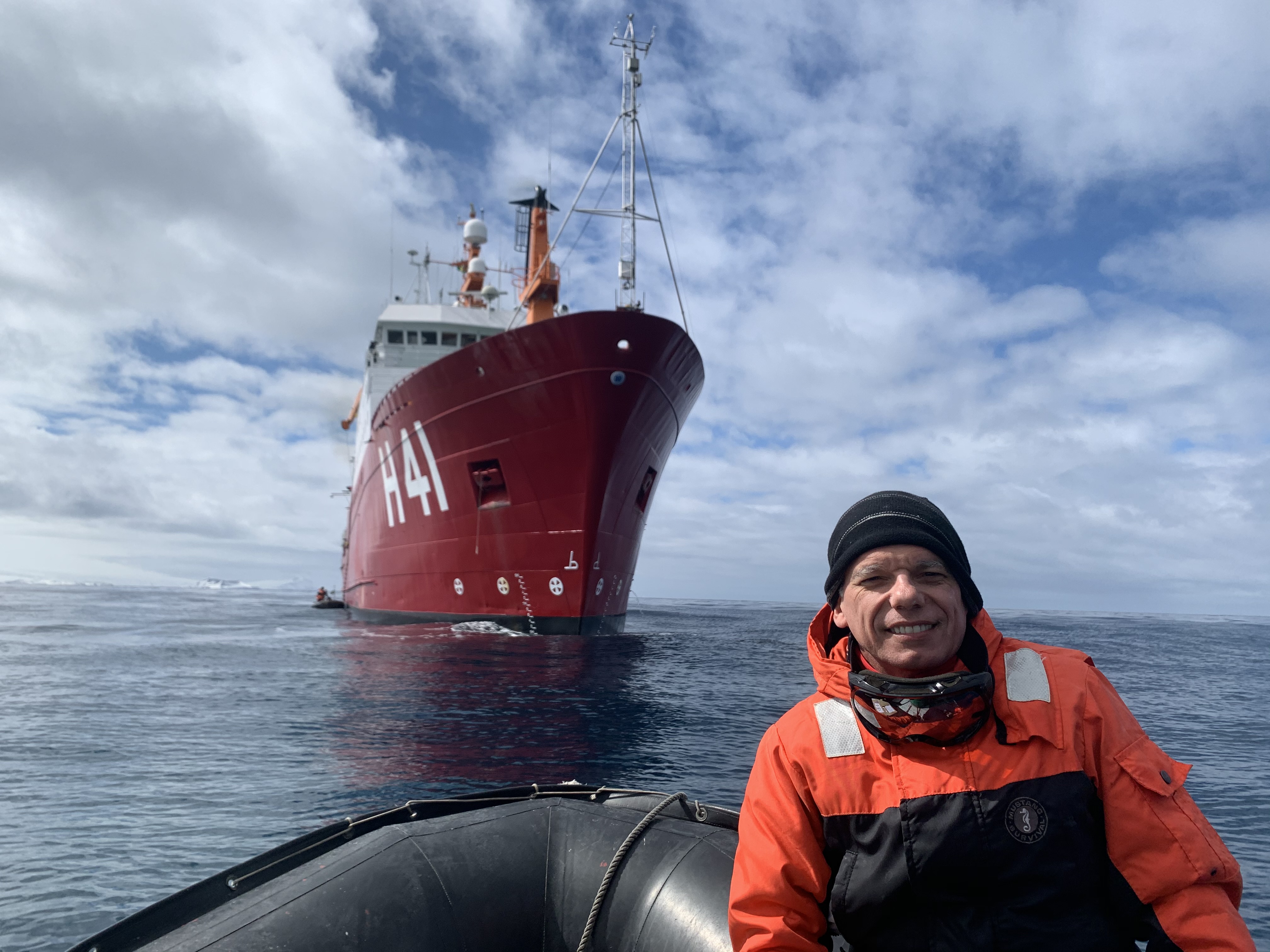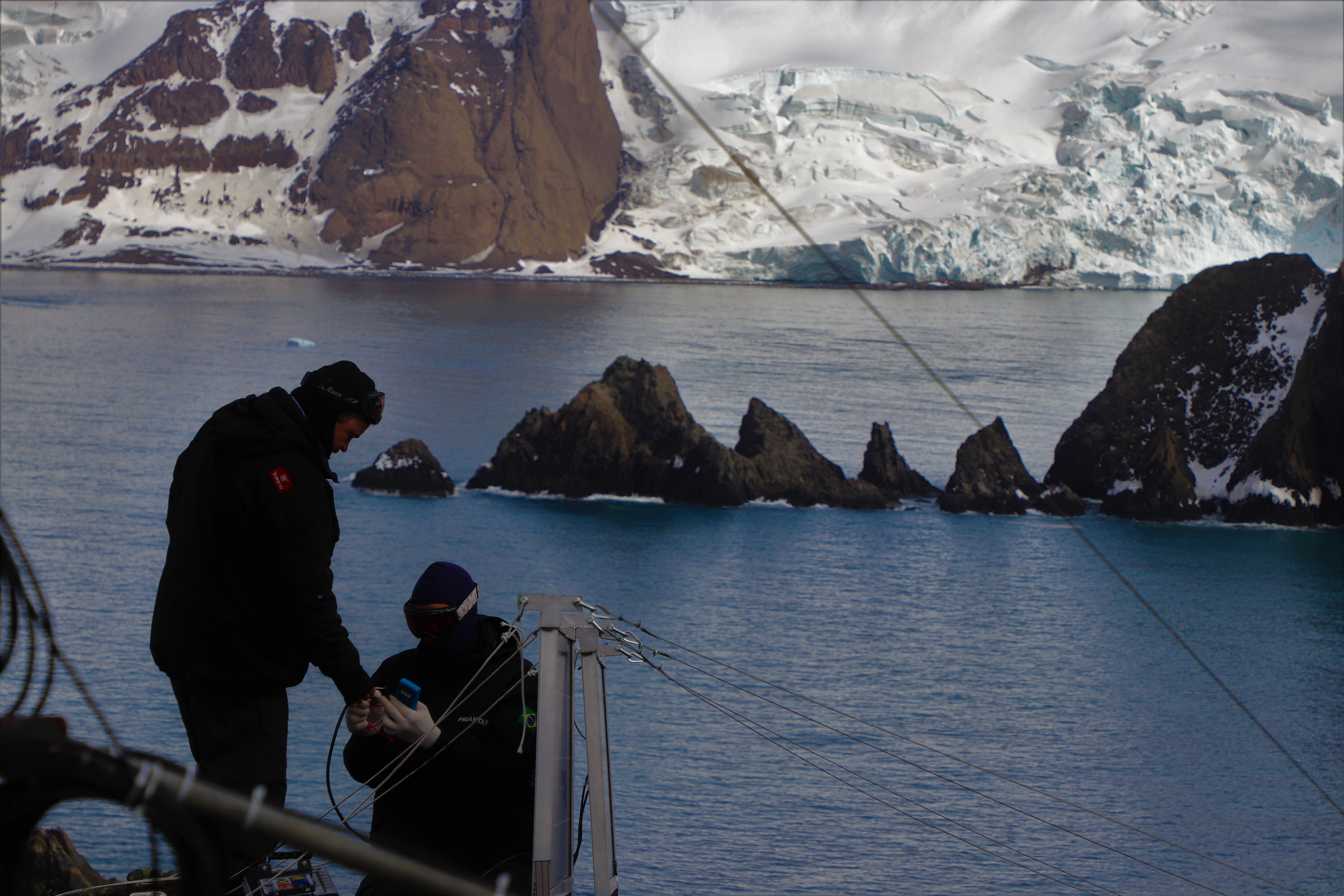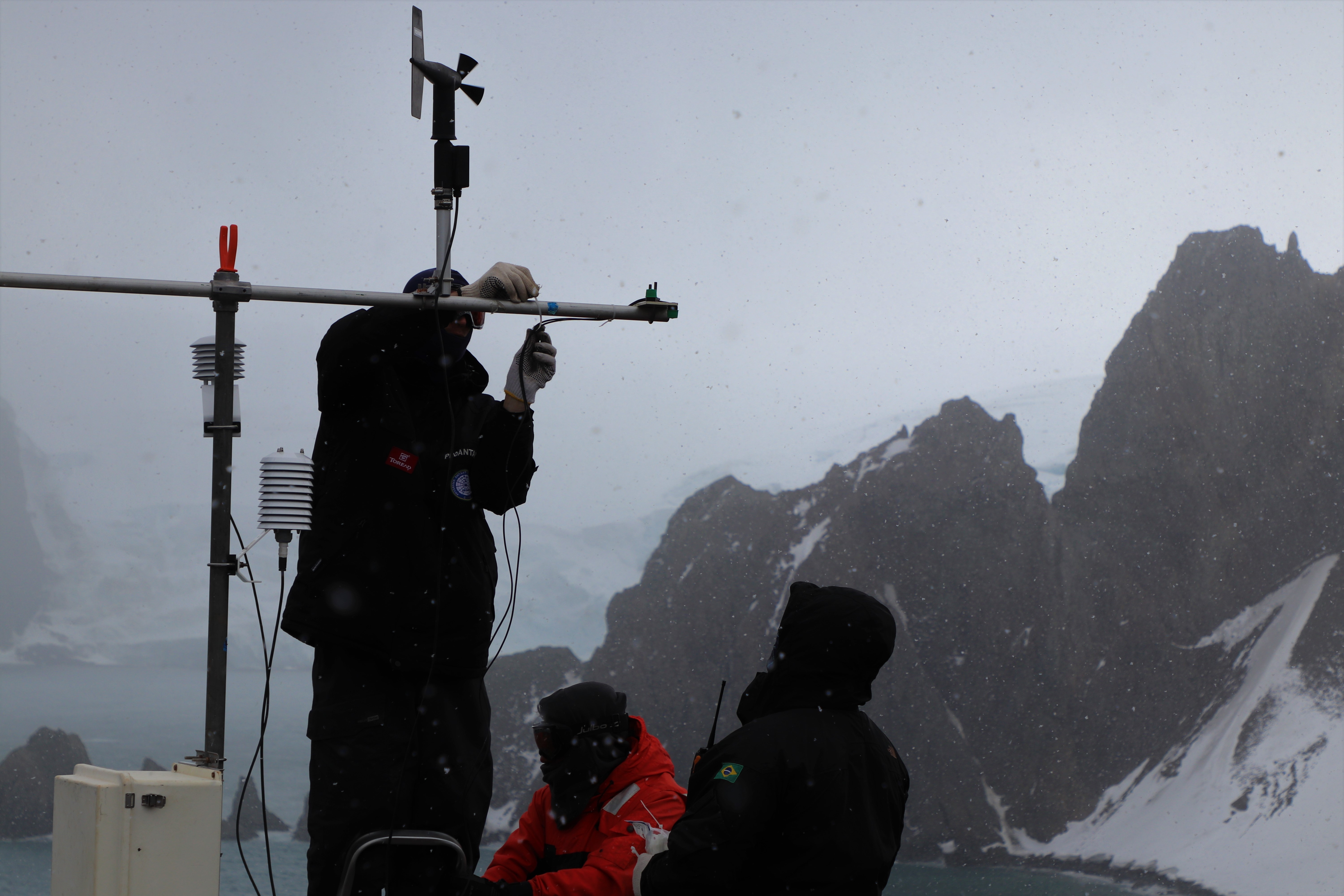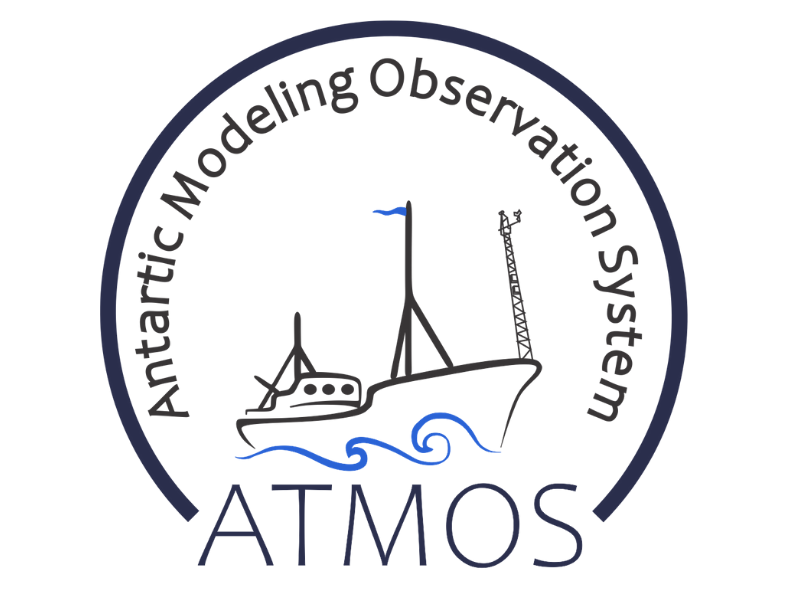
|

|
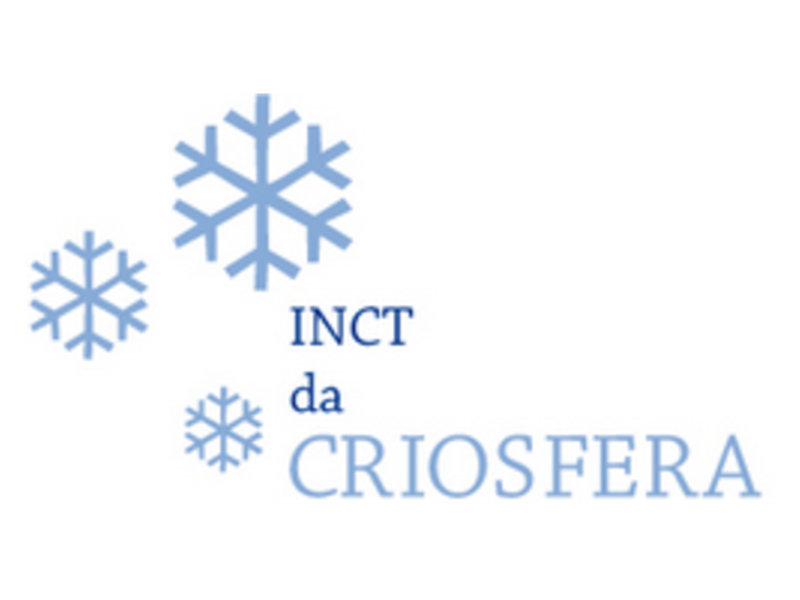
|
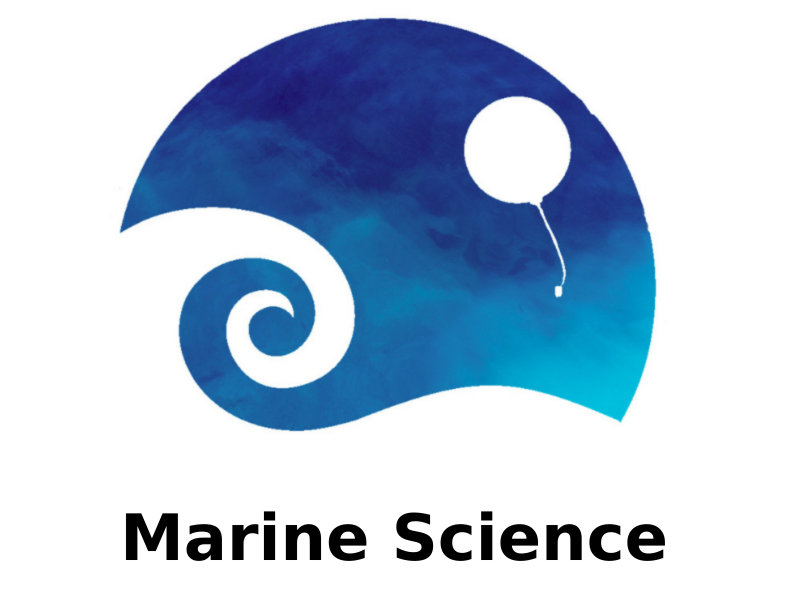
|
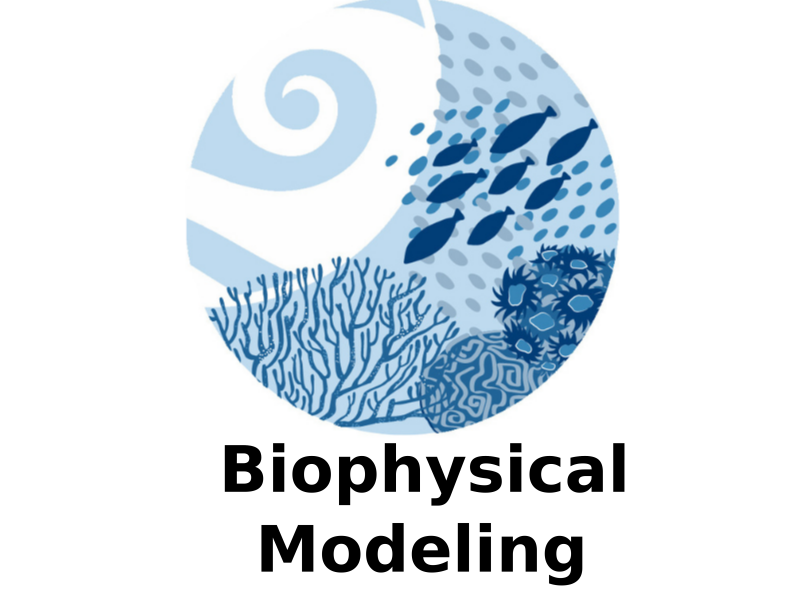
|
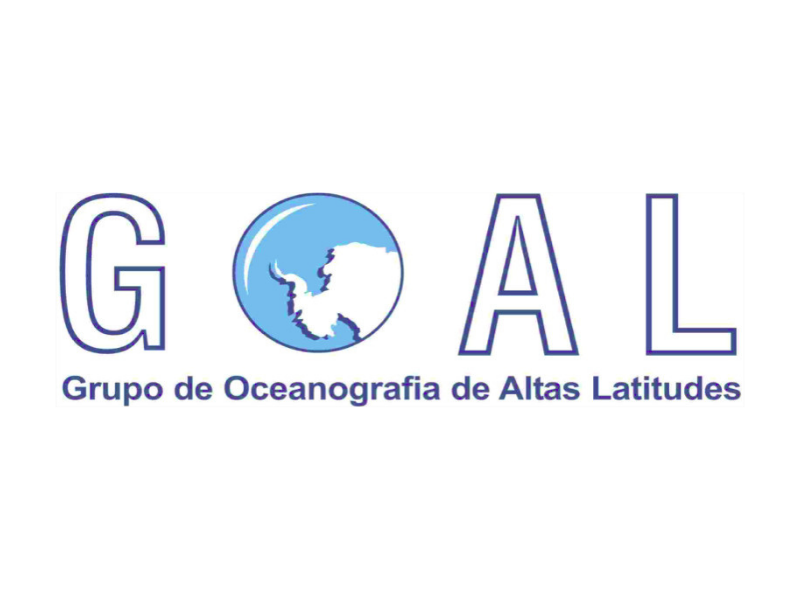
|

The ATMOS (Antarctic Modeling Observation System) Project began in 2018, with the main objective of studying the interactions between dynamics and thermodynamic processes between the atmosphere, the ocean and the cryosphere in the Atlantic sector of the Southern Ocean, and its relationship with the climate of South America. Among these processes, the exchanges of energy, momentum, and fluxes of gases such as carbon dioxide (CO2), arising at the ocean-atmosphere interface, stand out. The interaction of these processes with sea ice and with surface gravity waves are also research targets, considering their respective effects and contributions within the scope of the project. To better understand and expand scientific knowledge about the complex processes of atmosphere-ocean- cryosphere interaction, the project highlights two work fronts carried out by the LOA ́s team and collaborators from other institutions. Of these, one is observational, and the other is numerical modelling.
In Operation Antarctica 38 (OP38) executed in 2019, the ATMOS project was supported by the Polar Ship (NPo) Admiral Maximiano (H-41) of the Brazilian Navy, during which a system of meteo- oceanographic buoys was deployed and anchored, as well as a meteorological station was installed on one of the beaches of “Martins Head”, in the King George Island. This place was affectionately named as “Ponta LOA”. In addition, during the entire observational campaign a micro-meteorological tower was installed in the bow of NPo H-41, in order to collect in situ data of turbulent fluxes of heat and carbon dioxide (CO2).
The numerical simulations are being conducted with the COAWST coupled regional modeling system (Coupled-Ocean-Atmosphere-Wave-Sediment Transport). Currently, this system has numerical models widely used and recognized by the scientific community, such as the atmospheric model WRF, the oceanic ROMS, the wave model WW3, as well as an ice and sediment transport model (CSTMS - Community Sediment Transport Modeling Systems) . In COAWST, the models have the ability to simulate the processes in a coupled way, also enabling the activation of specific physical parameterizations of interest to the study.
The ATMOS Project is coordinated by researcher Luciano Ponzi Pezzi, funded by CNPq and executed within the scope of the Brazilian Antarctic Program (PROANTAR-MCTIC/SECIRM) and will last for up to 4 years (2018 - 2021).
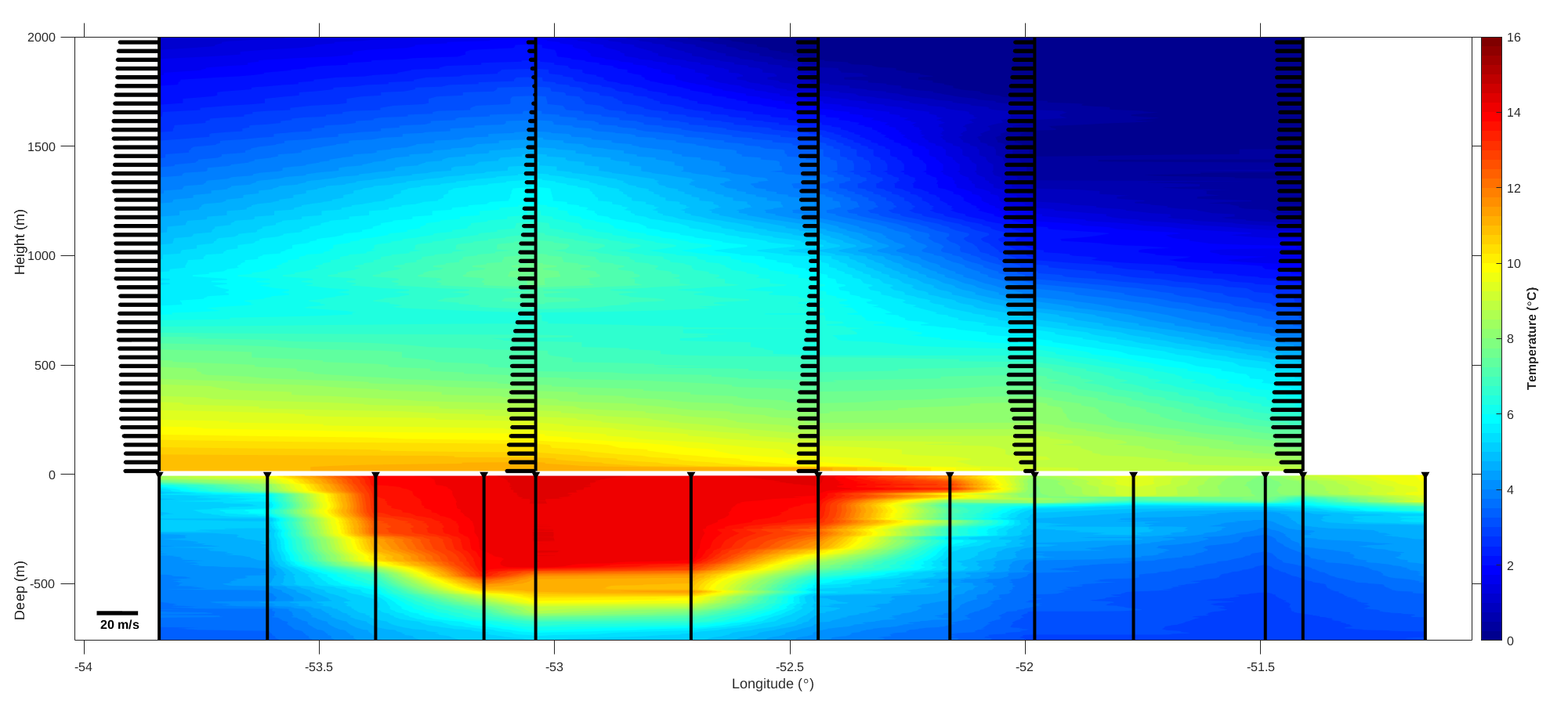
Gallery
